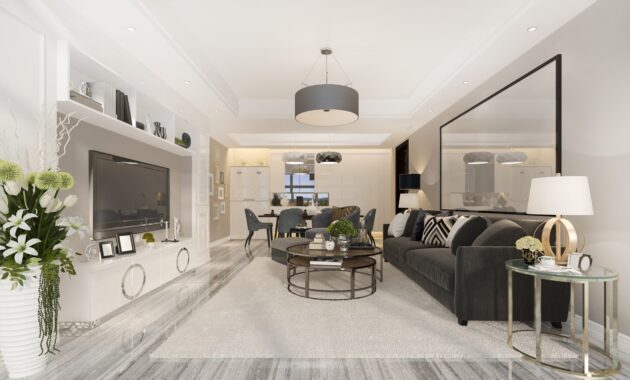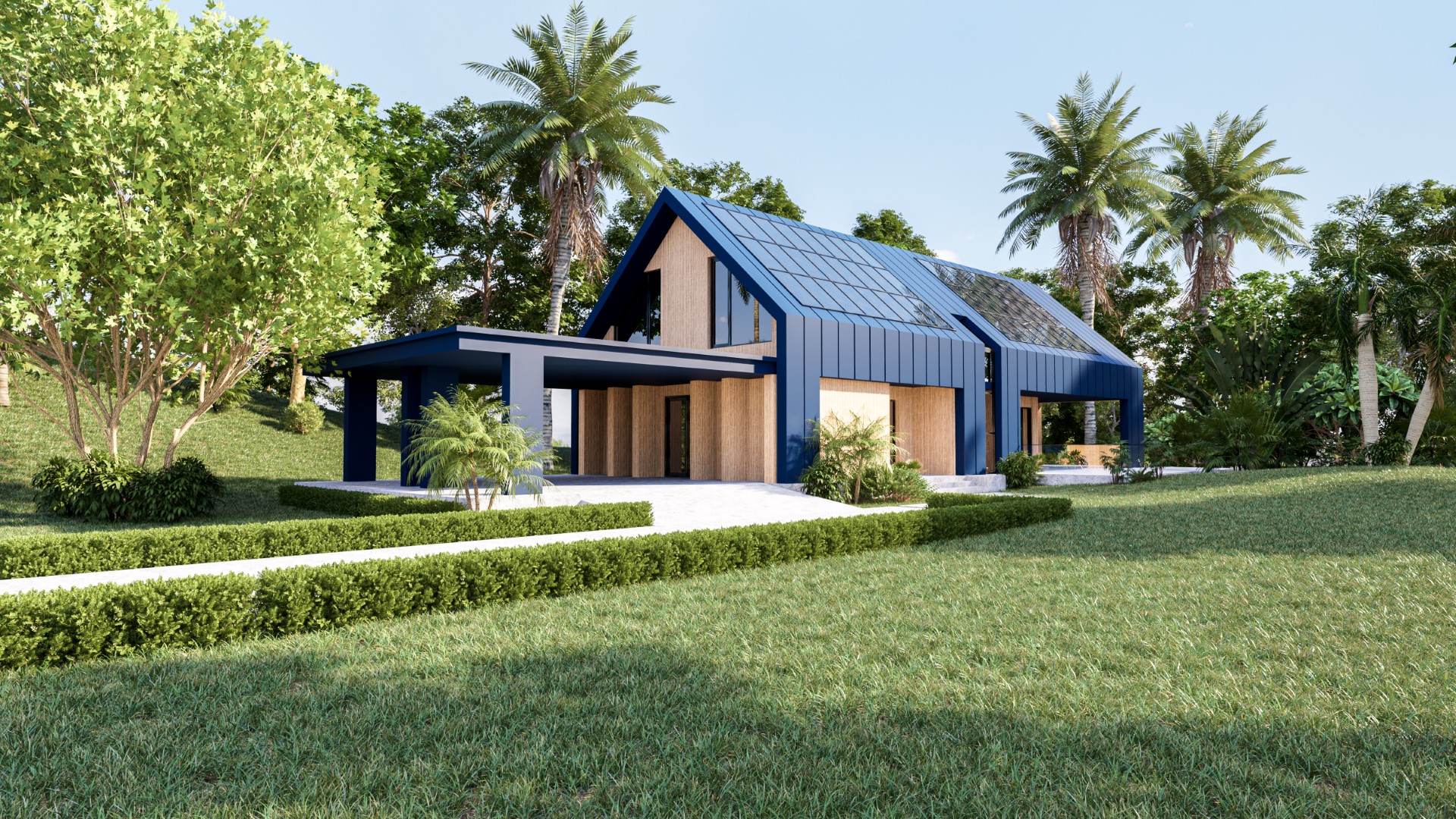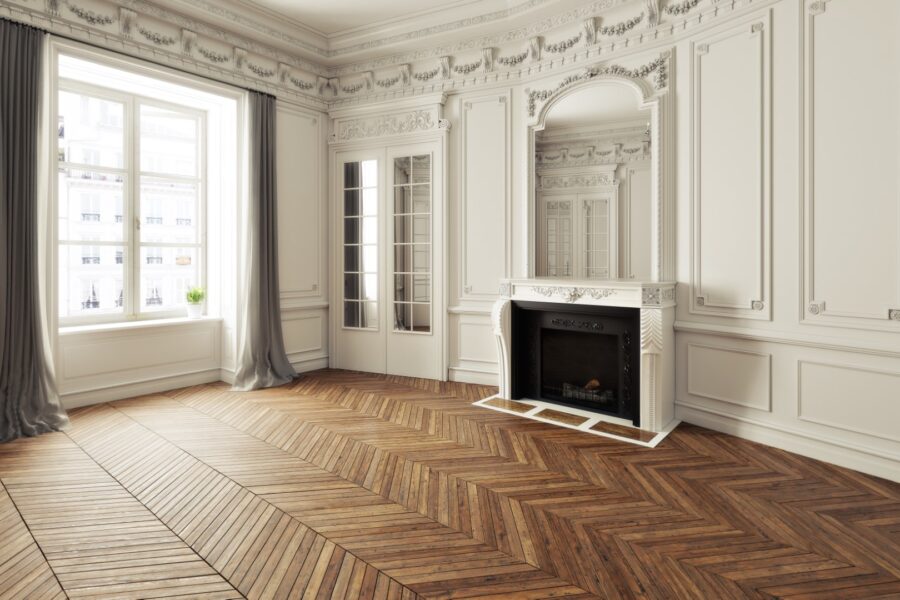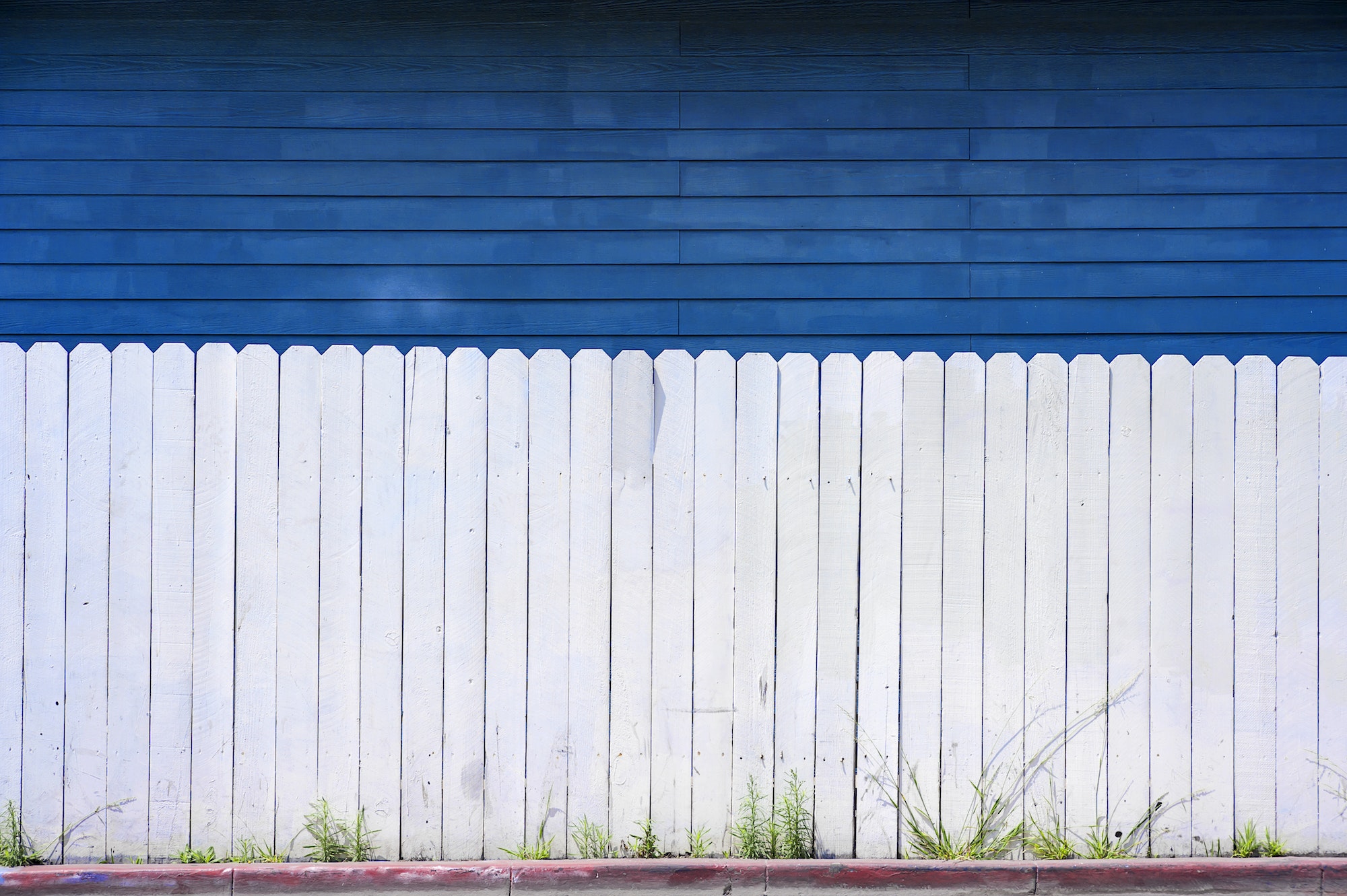Your home is more than just four walls and a roof; it’s a reflection of your personality, style, and aspirations. Designing the perfect home is a deeply personal and creative journey that allows you to shape your living space into a sanctuary that resonates with your unique vision. Whether you’re building your dream home from the ground up or giving your current abode a makeover, architectural choices play a pivotal role in bringing your dream home to life.
In this blog post, we’ll delve into the top architectural tips that will help you craft a home that’s not only visually stunning but also functional, comfortable, and perfectly tailored to your needs. So, let’s embark on this design adventure together and discover how to create the perfect haven you’ve always dreamed of.
Define Your Needs and Lifestyle
Defining your needs and lifestyle is the foundational step in designing the perfect home. It involves a comprehensive understanding of your family’s dynamics, daily routines, and future aspirations.
This process allows you to determine the number of bedrooms, bathrooms, and common areas required to accommodate your family comfortably. Consideration of future needs, such as accommodating growing children or aging parents, is crucial for a home that stands the test of time.
Moreover, your hobbies, work habits, and entertainment preferences should inform the design, ensuring that your home is tailored to your unique way of living. By clearly defining these aspects, you set the stage for a home that not only reflects your personality but also enhances your daily life.
Optimize Flow and Functionality
Optimizing flow and functionality is pivotal in crafting a well-designed home. It involves creating a layout that seamlessly connects spaces and enhances the overall usability of your living environment.
An open and efficient floor plan ensures that movement within the house is smooth and intuitive, promoting a sense of spaciousness and ease of living. You can also use sectional doors to blur the boundaries between indoor and outdoor areas, allowing for a harmonious transition and maximizing natural light and ventilation. Additionally, carefully selecting furniture and storage solutions that align with your lifestyle and aesthetic preferences plays a crucial role in achieving a well-designed home, where every element serves a purpose and contributes to the overall comfort and beauty of your living space.
Prioritize Natural Light
Prioritizing natural light is a fundamental aspect of creating the perfect home. The strategic use of windows, skylights, and glass doors allows the infusion of sunlight into living spaces, creating an ambiance that is both inviting and energizing.
Positioning living areas where they can benefit from daylight throughout the day enhances the overall well-being of occupants. It not only reduces the need for artificial lighting but also connects residents with the external environment.
Additionally, choosing window treatments that provide flexibility in controlling light and privacy ensures that you can adapt the lighting to your preferences and the changing seasons, fostering a harmonious and comfortable living atmosphere.
Embrace Sustainable Design
Embracing sustainable design principles is integral in creating a home that aligns with environmental responsibility and long-term viability. Sustainable design involves the use of eco-friendly materials, energy-efficient systems, and environmentally conscious construction practices. This approach benefits both the planet and homeowners by reducing energy consumption, minimizing waste, and lowering operating costs.
Incorporating features such as efficient insulation, renewable energy sources, and rainwater harvesting not only reduces the environmental footprint but also enhances the overall quality of living. By choosing sustainable design, you not only contribute to a greener future but also enjoy the comfort and efficiency of a home that stands the test of time.
Harmonize with the Surroundings
Harmonizing your home with its surroundings is a key principle in architectural design. It involves a thoughtful integration of your residence into its natural environment and the local context. Choosing exterior materials and colors that complement the landscape and nearby architecture creates a sense of unity and visual appeal.
Additionally, the inclusion of outdoor spaces like decks or patios connects you with nature, providing opportunities for relaxation and enjoyment. This approach not only enhances the aesthetic appeal of your home but also fosters a sense of belonging within the community.
By harmonizing with the surroundings, your home becomes a natural extension of its environment, creating a more harmonious and visually pleasing living experience.
Future-Proof Your Home

Future-proofing your home is a forward-thinking strategy that ensures your residence remains adaptable and resilient in the face of evolving needs and technologies. It involves careful planning to incorporate flexible spaces and embrace smart home technology. These features enable your home to seamlessly accommodate changes in your family’s dynamics and technological advancements.
Whether it’s designing versatile rooms that can serve multiple purposes or integrating smart systems for convenience, security, and energy efficiency, future-proofing ensures your home remains relevant and efficient for years to come. Additionally, prioritizing accessibility and safety features allows occupants to age in place comfortably, regardless of their changing mobility needs, making your home a sanctuary for the long term.
Designing the perfect home involves a thoughtful blend of considerations, from meeting immediate needs to preparing for the future. Prioritizing natural light, optimizing flow and functionality, embracing sustainability, harmonizing with the surroundings, and future-proofing your home are all essential elements of this transformative process. By carefully balancing aesthetics, functionality, and environmental responsibility, you can create a home that not only reflects your unique lifestyle but also supports long-term well-being and adaptability. These architectural tips serve as a roadmap to crafting a home that stands as a testament to your values and aspirations, now and in the years to come.
Discover more from Futurist Architecture
Subscribe to get the latest posts sent to your email.



